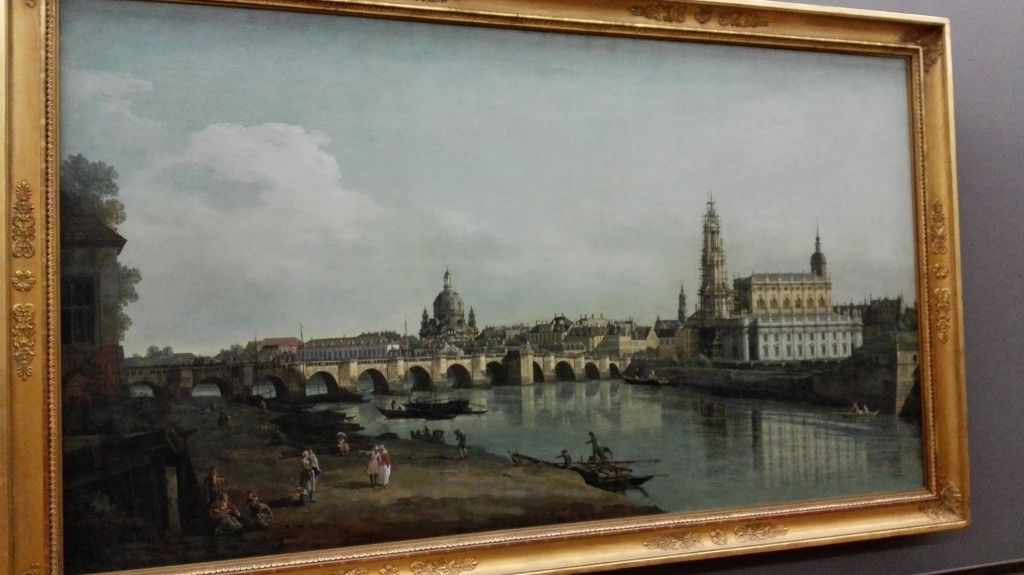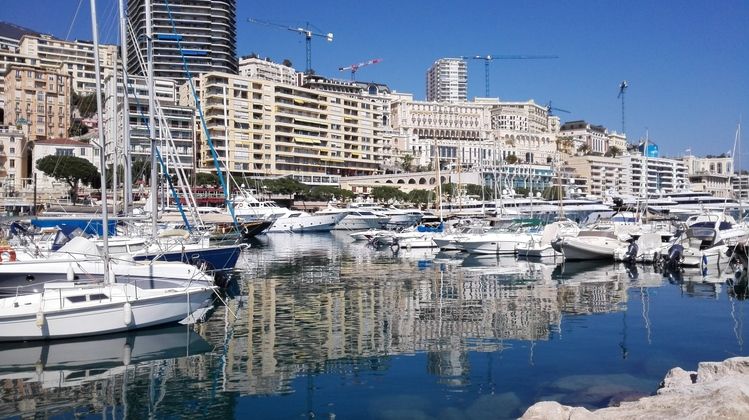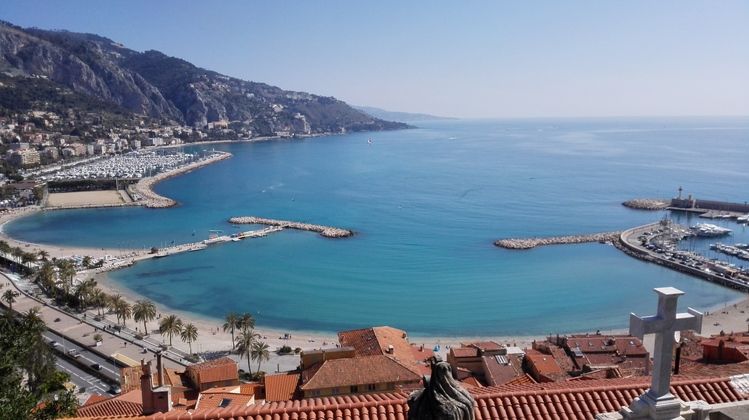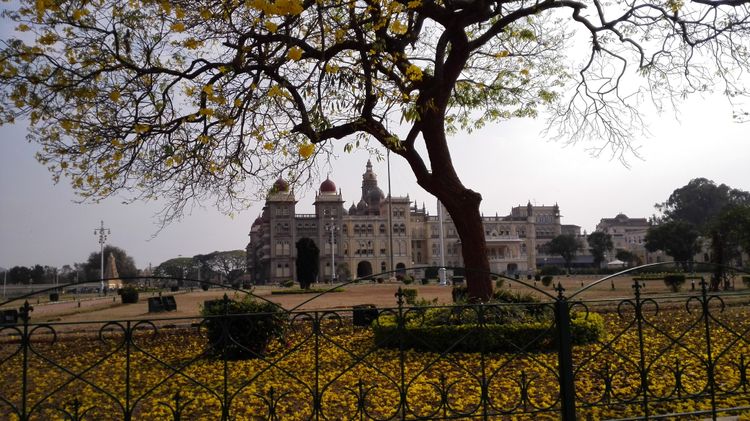Dresden, Florence on the Elbe
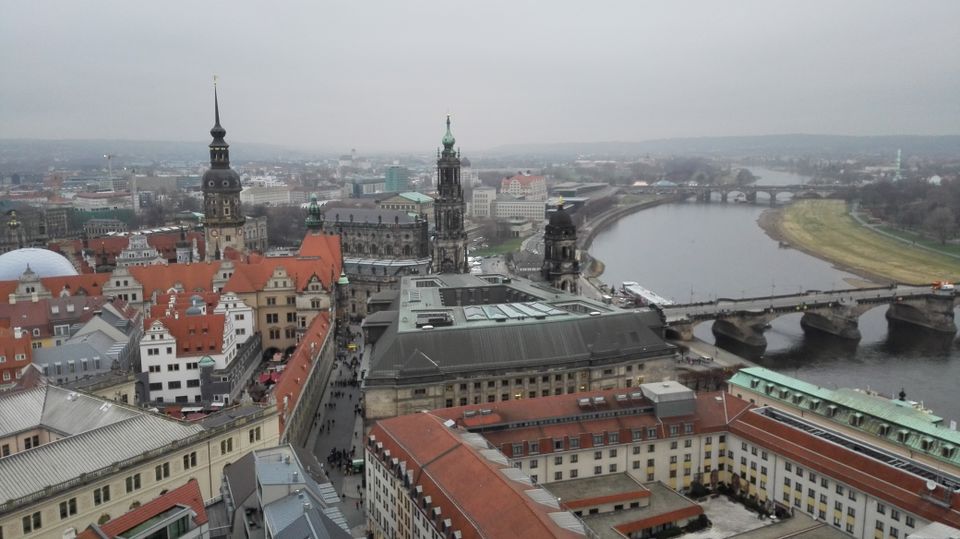
I knew in advance that I will love Dresden. You cannot not to. The city that rose from the ashes of the RAF bombing, only to shine brighter and look even more gorgeous, deserves respect. But Dresden survived something even deadlier- the decades of Communist neglect and its ugly architecture. Nevertheless, the restored and rebuilt landmark buildings, such as the Protestant Frauenkirche on the main square, still keep the scars of the devastation as a reminder, and possibly as a sign of defiance. Namely, the church in question has the facade that resembles a chess board, because it consists of new, white pieces of sandstone but also of the charred, black pieces that were saved from the ruins.
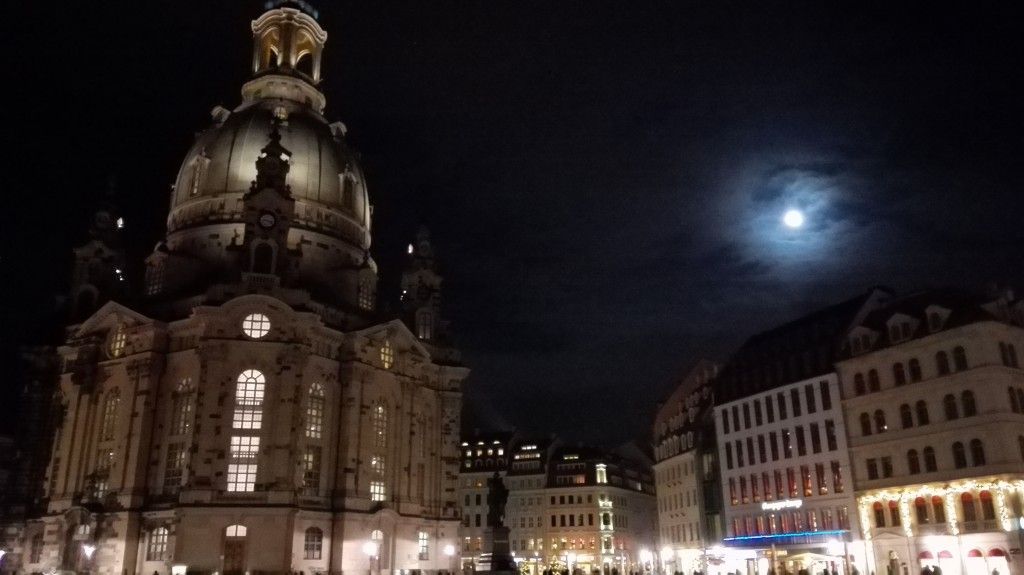
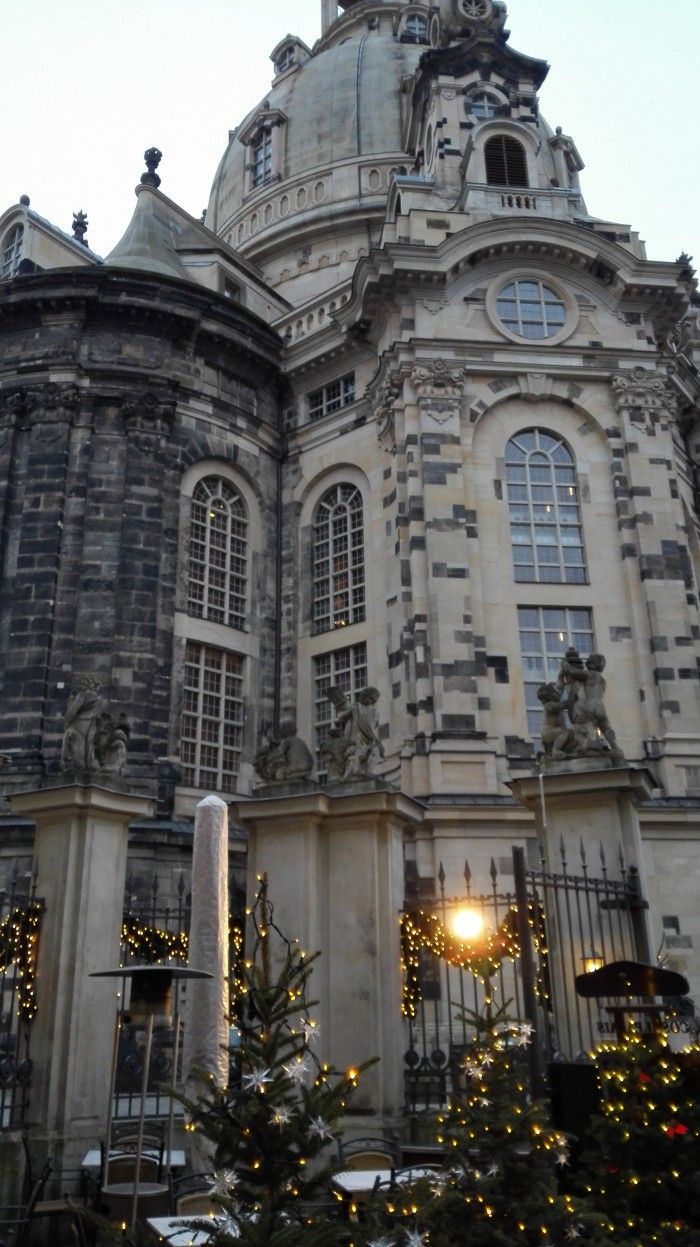
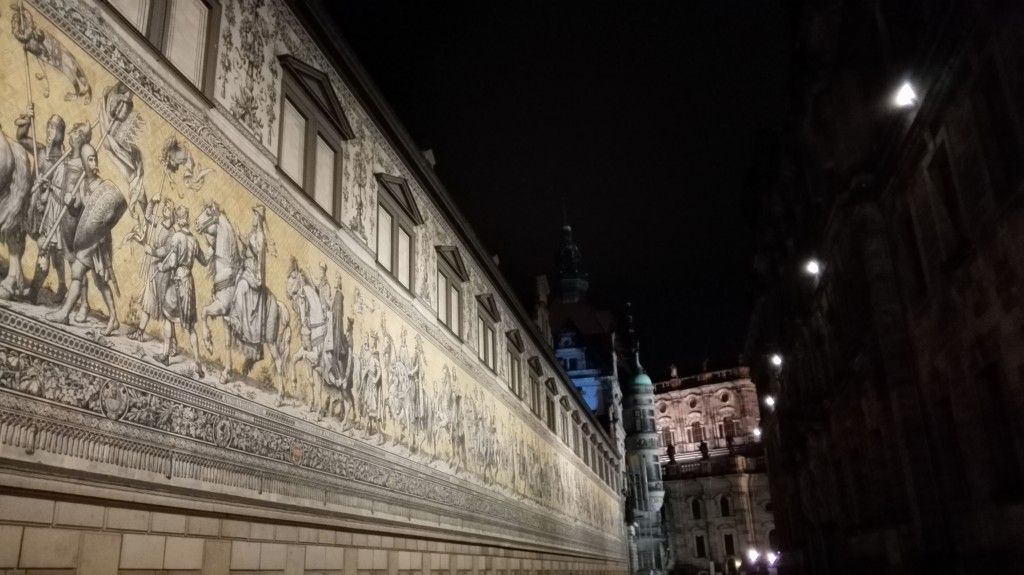

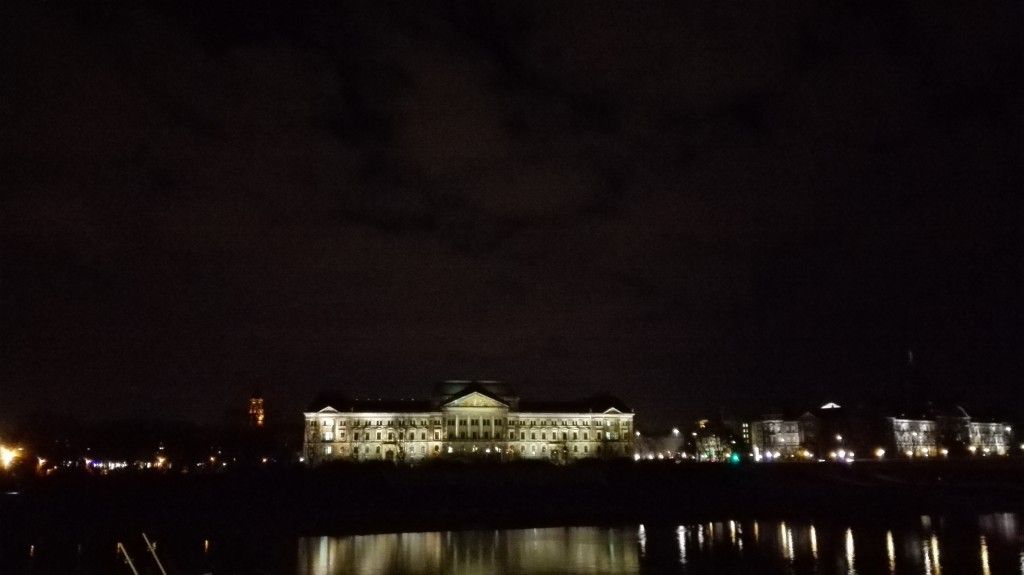
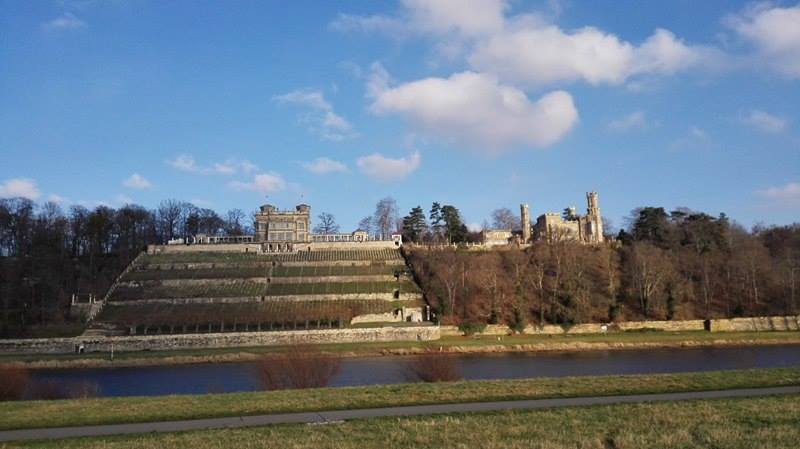
Dresden is perfect for long, lazy walks under the moonshine, hand in hand, for feeling romantic and swept away into some seemingly better, past times when baroque architecture was the norm. It is also one of those rare things: a human-size city that you can walk around and across effortlessly. It is full of inexplicably beautiful nooks, such as Pfunds Molkerei, a dairy shop that is made from hand-painted tiles and which is so stunning that it defies any attempt of description. One must simply go there and let the colours and fragrances sink in.
Dresden is home to the museum that for me, seriously threatens to topple the gallery in Villa Borghese from its pedestal of superiority, and Villa Borghese is the apex of my museum experience. In Dresden, lo and behold the Gallery of Old Masters in Zwinger Palace (Gemäldegalerie Alte Meister). It will take hours to visit and you will want to chain yourself to a leather sofa and refuse to leave the divine art out of your sight ever again.
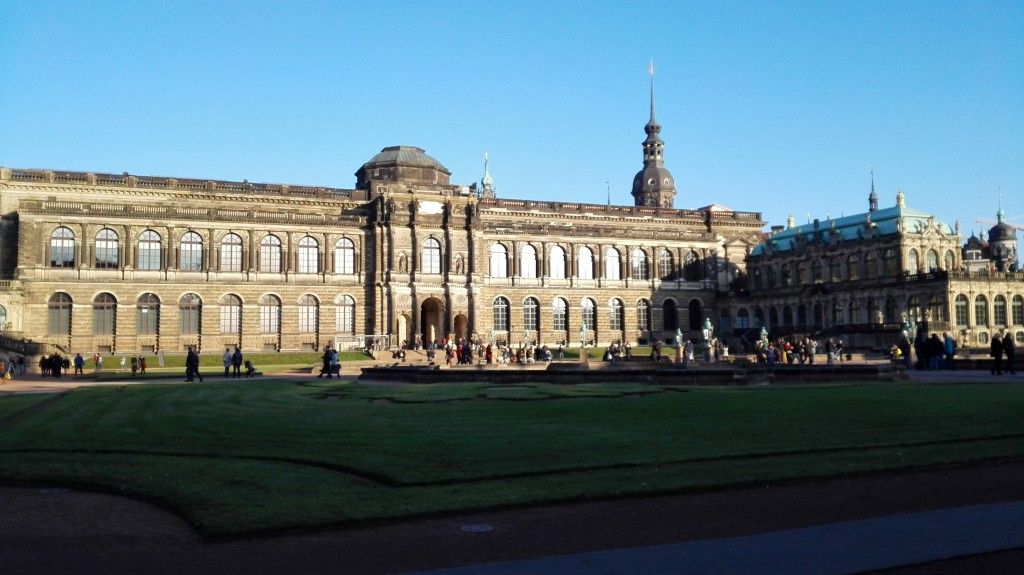
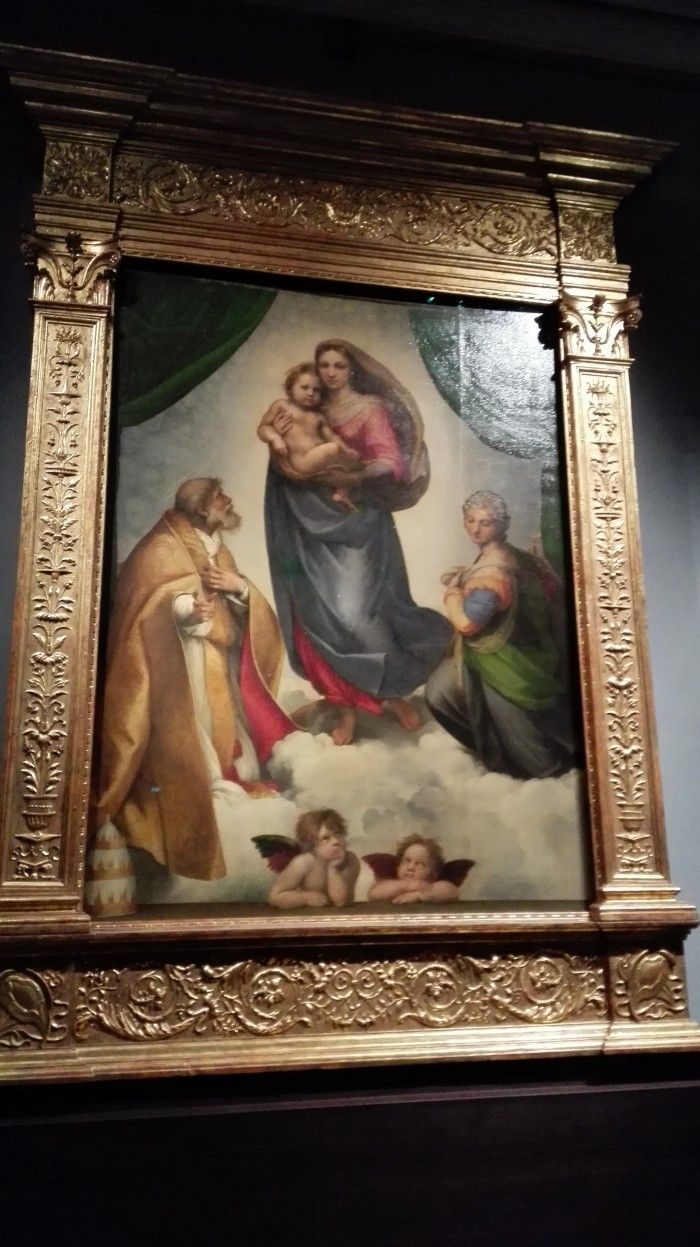
When they do throw you out at 6 pm sharp, you can always stroll to the flamboyant Semper opera house and hear some dreadful gossip about philandering Wagner, or just take in the lush interior. Dresden is a major culture capital and you are spoiled for choice when it comes to all things artistic.
And then there is the Green Vault…If you ever used to imagine as a child, how would the cave of Ali Baba look like, with all the amassed jewels in it, here lies your answer. It would probably still look a bit shabbier than Grünes Gewölbe museum in Dresden. It is a unique historic museum that contains the largest collection of treasures in Europe. Have you ever seen their famous green diamond? I have, but may never be able to show it to my child.
In the winter of 2019, the news came that the thieves have looted the very same museum and stolen treasures with an estimated value of more than 113 million euros. I suspect that they just had to agree on a number, so they have randomly chosen this one because the riches inside the museum were so obviously priceless. The jewels have survived Allied bombing raids in World War Two, being taken to the Soviet Union, then return to Dresden, only to be stolen in a heist of unfathomable audacity. It is 2022 now, and the apparent perpetrators are on trial, but the location of the treasure remains unknown. Few things are certain in this world, but one thing is almost a fact: we will watch the film based on this story.
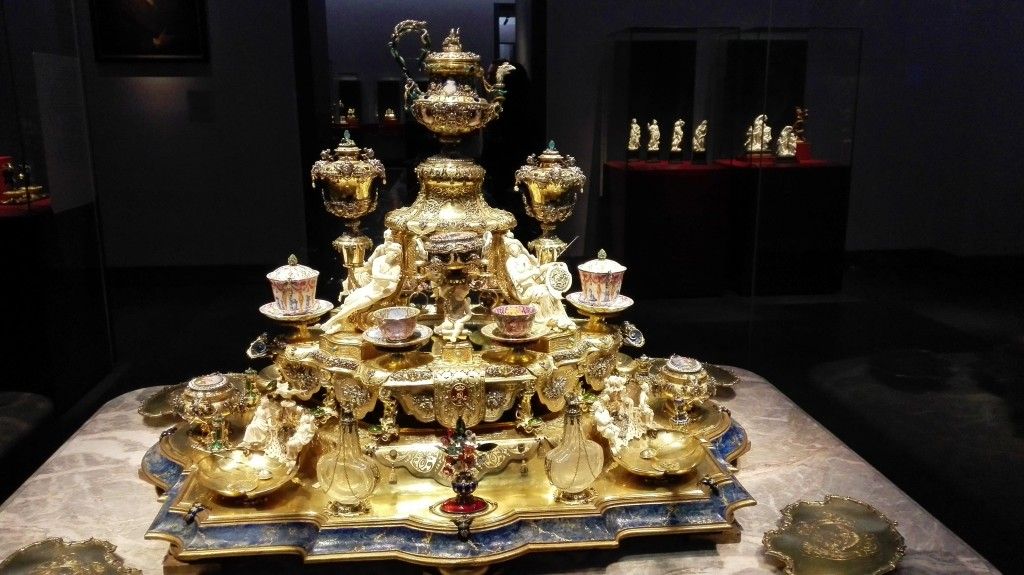
When you walk around this city wrapped in the dusk, you are struck by the realization that the skylines painted by the old masters, still persist, against all odds. Dresden is proof that the renaissance is always on the horizon. This city is a monument to creativity and rebirth and a slap in the face of all destruction. No matter the colours it flies under.
